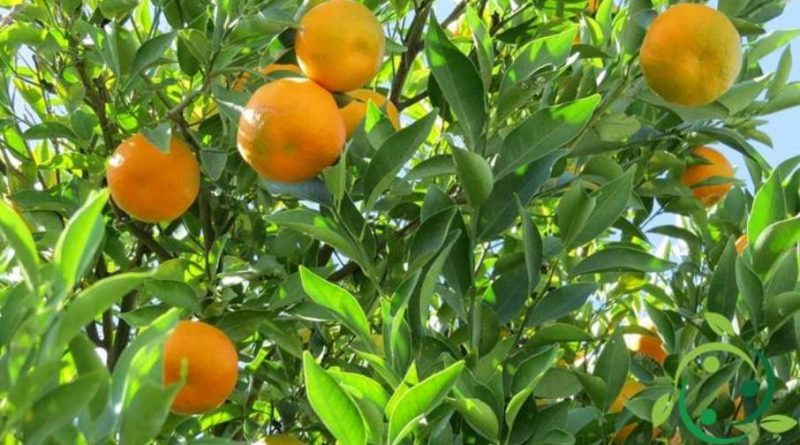How to prune the Mandarin
How to prune the Mandarin
The mandarin (Citrus reticulata Blanco, 1837) is a small fruit tree of the Rutaceae family and is one of the three original citrus fruits of the genus Citrus together with cedar and pomelo. Since the theory according to which all citrus fruits derive from these three species has been accepted, Mandarin has certainly acquired historical importance, since it is the only sweet fruit among the three originals. The plant is small and can reach from two to four meters in height.
In this card we will see how to prune the Mandarin, taking into account its size and also of the sixth plant that can be used. As for other citrus fruits the most suitable training system is the globe. To obtain this shape we start from a plant already decked about 50-70 cm from the ground leaving 3-4 main branches. These branches must be inclined 60 ° with respect to the vertical, be in a symmetrical position (at 120 ° or 90 °) and their insertion points must be distant about 10-15 cm from each other; any surplus branches will be eliminated. As always, the interventions must be limited to the minimum necessary. These branches will be covered with more or less bushy vegetation, depending on the species and the variety. The current trends, in order to use all the available space, aim to obtain a form of cultivation with full foliage, that is to make the vegetation of the branches expand up to the ground. Given the small size of the pint of mandarin the pruning should also be done according to the sixth of plant that can be 4 x 4 or 3.5 x 3.5 m.
As in mandarin, as in other citrus fruits, the fructification takes place on the branches of the previous year and the growth of the branches normally occurs in three periods: spring, early summer and autumn. The flower induction of the buds begins during the winter rest period, while the maximum content of reserve substances in the leaves and branches is in February and March. We will have that the setting of the flowers depends on the quantity of reserve substances present in the plant.
For this reason, pruning should never be performed in the period of February and March, when there is an accumulation of reserve substances. In addition, periods when temperatures are very low or very high should be avoided.
Generally it can be pruned in the period of April, with light annual interventions, limiting itself only to lighten the hair eliminating the dry, broken or debilitated branches after they have already bloomed or those curved downwards.
Furthermore, it is necessary to eliminate the suckers, that is the long branches without fruit, when they come from the basal part of the thickest branches, while for those situated in the most peripheral areas of the canopy we can limit ourselves to trimming. As in mandarin, as in clementines , we observe a certain bundling of the shoots: they must therefore be thinned out so that the twigs are correctly spaced.
However, it is important to do the pruning every year, to avoid alternating production.
In the juvenile phase of breeding the cuts are to be avoided as much as possible, in order not to delay the entry into production, proceeding eventually only to the removal of the suckers. And even on adult plants one must not intervene too severely in order not to alter the relationship between vegetation and production: excessive cuts in fact favor vegetation at the expense of fruit formation. Prunings are instead necessary when parasitic attacks occur from scale insects and when the height of the plant no longer allows an easy collection from the ground.

